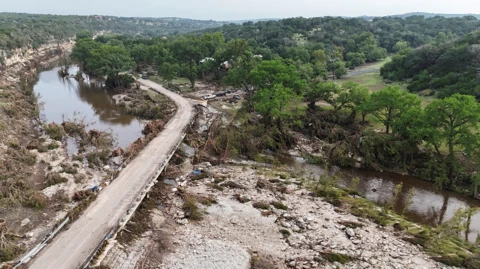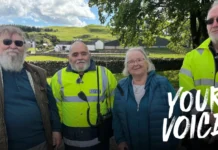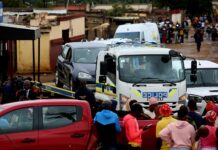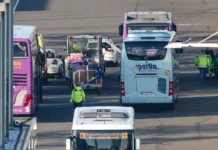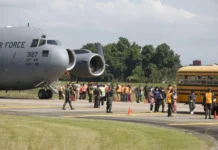The catastrophic flash floods that struck Texas over the July 4 weekend, claiming more than 100 lives, many of them children, have sparked renewed scrutiny of how natural hazards are turned into human disasters by geography, climate shifts, and policy decisions.
The region hardest hit was Texas Hill Country, an area long known to scientists as “Flash Flood Alley.” Hydrologist Hatim Sharif of the University of Texas at San Antonio explained that the region’s steep slopes, thin soils, and dense creek systems make it especially prone to rapid and dangerous flooding.
“Water will rise very, very quickly, within minutes or a few hours,” Sharif said, describing how the Guadalupe River near Camp Mystic surged more than 20 feet in just 90 minutes in the early hours of July 4, fast enough to wash away people, vehicles, and buildings. Although the National Weather Service (NWS) issued an urgent flood warning shortly after 1 a.m., most of the affected campers were asleep, with limited mobile coverage, no phones, and few clear escape routes in the dark.
Sharif stressed the need for hydrologic forecasting tools that translate rainfall amounts into expected river levels, allowing people to understand the real risks of incoming storms.
Climate change further intensified the disaster. A new study by ClimaMeter and the University of Oxford concluded that the rainfall, more than twice the monthly average in one day, could not be explained by natural variability alone. “Climate change is already affecting us, so we need to adapt,” said study co-author Mireia Ginesta, urging emissions cuts and improved funding for forecasting services.
Yet funding for such services has faced cuts under President Donald Trump’s administration, though meteorologists are praised for their response during the flood. Experts say the real failure lay not in forecasting, but in how warnings reached, or failed to reach, those at risk.
In Kerr County, where many of the camps are located, officials have for years debated implementing flood sirens or digital alert systems. A 2016 meeting saw one commissioner mock the idea of installing sirens, while others favored relying on the traditional method of radio warnings between camps. The debate continued into 2021, with political resistance to federal funding under the Biden administration stalling progress.
Now, in the wake of tragedy, public outcry is growing. Nicole Wilson, a San Antonio mother who nearly sent her daughters to Camp Mystic, has launched a petition demanding Governor Greg Abbott approve a modern flood warning system. “Five minutes of that siren going off could have saved every single one of those children,” she said.
The disaster stands as a grim reminder: it is not just storms, but decisions, and indecision, that cost lives.
Written By Rodney Mbua









